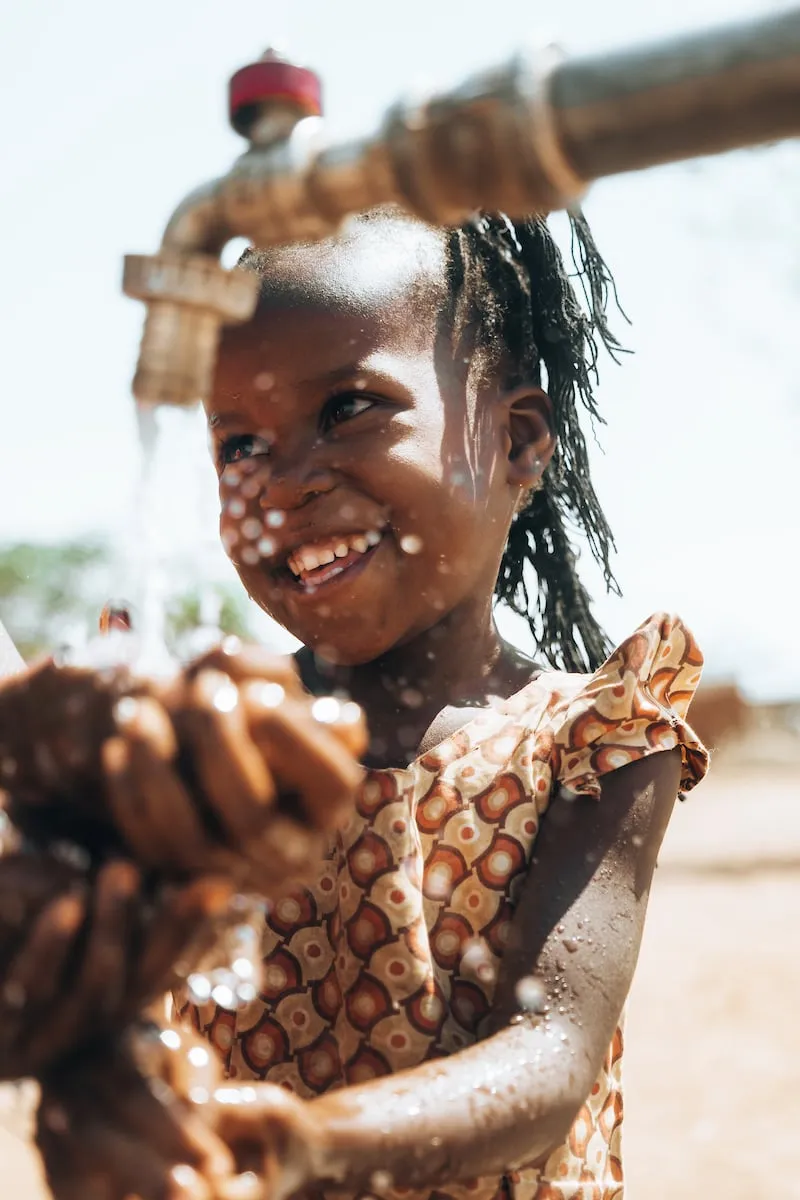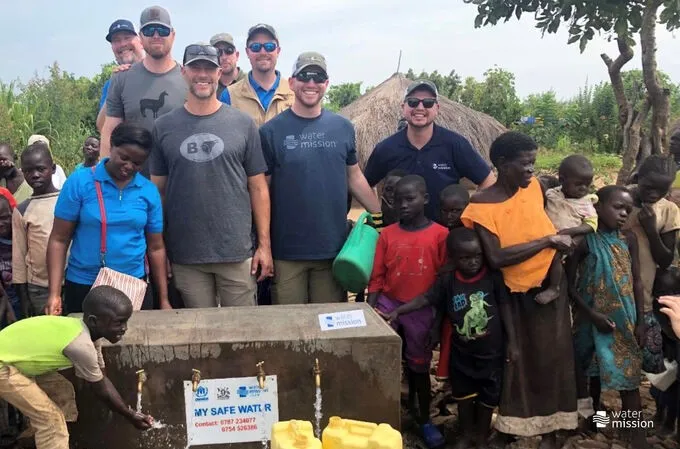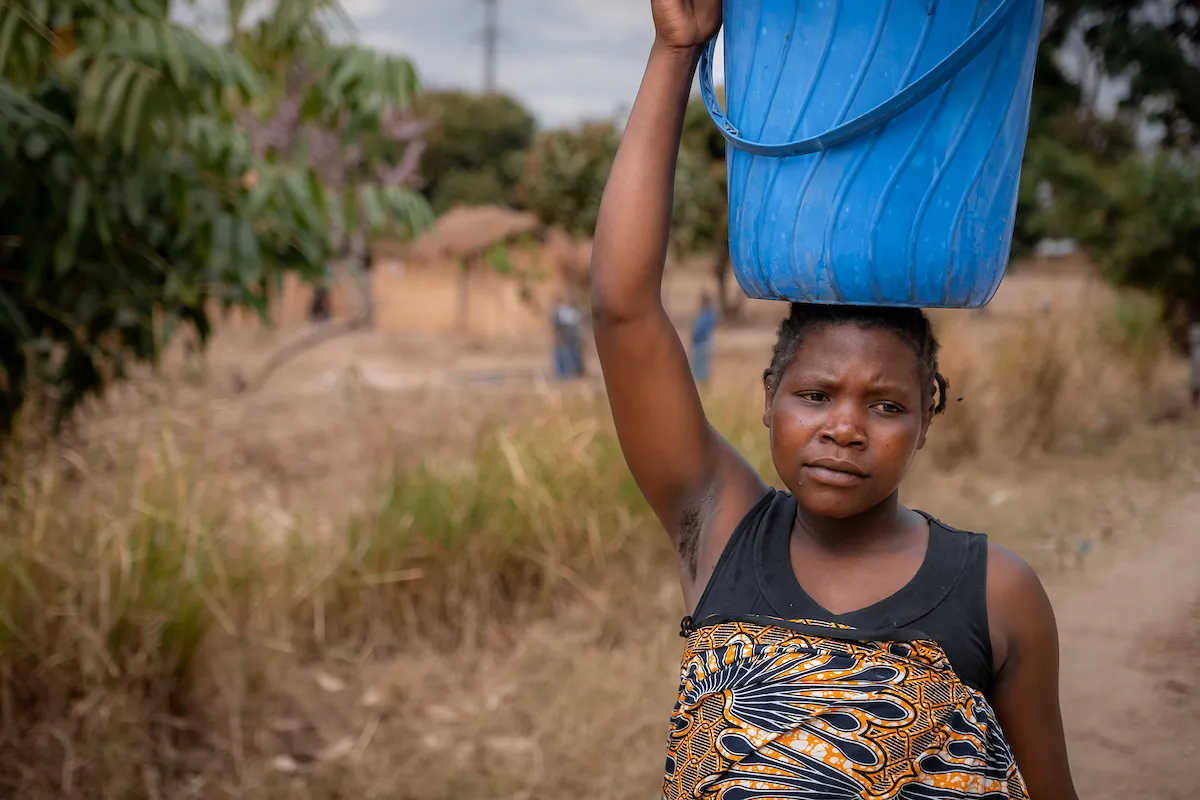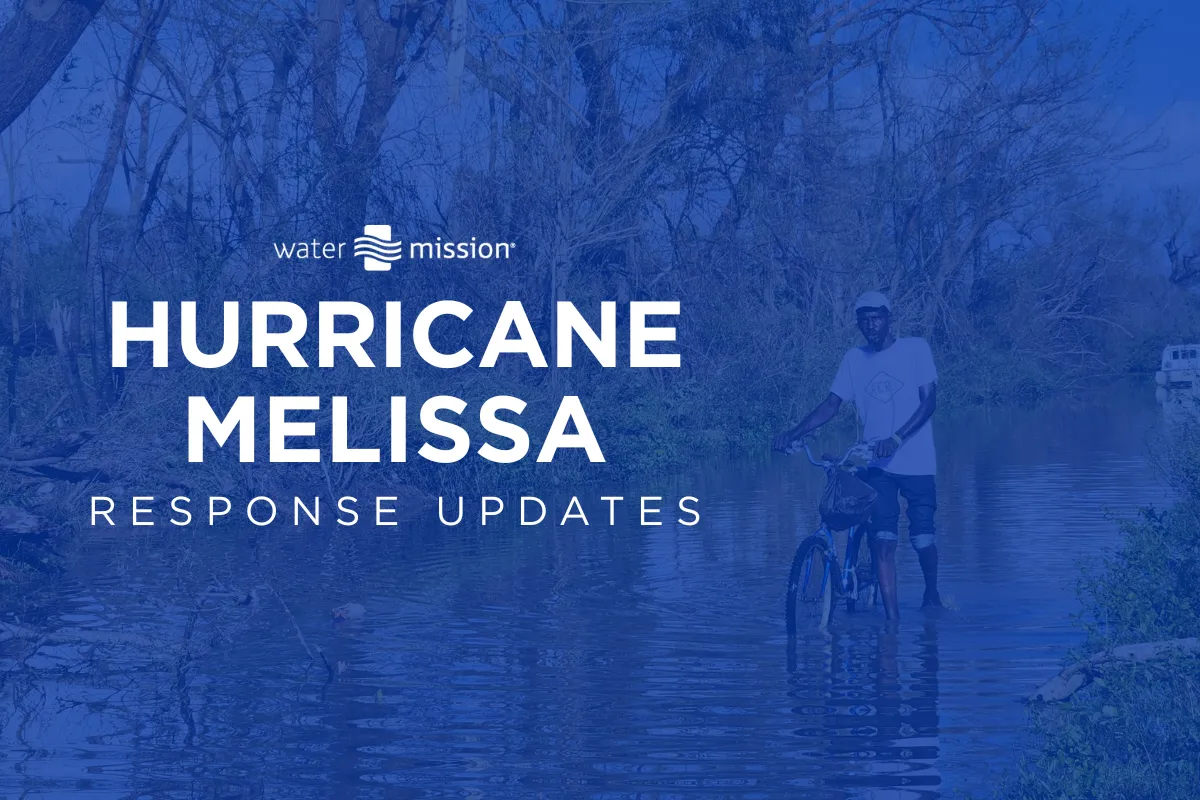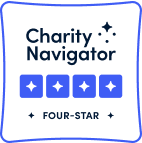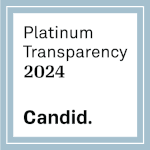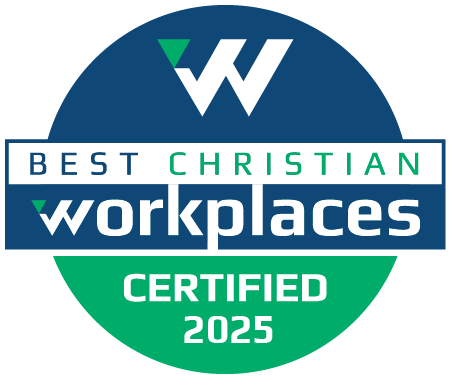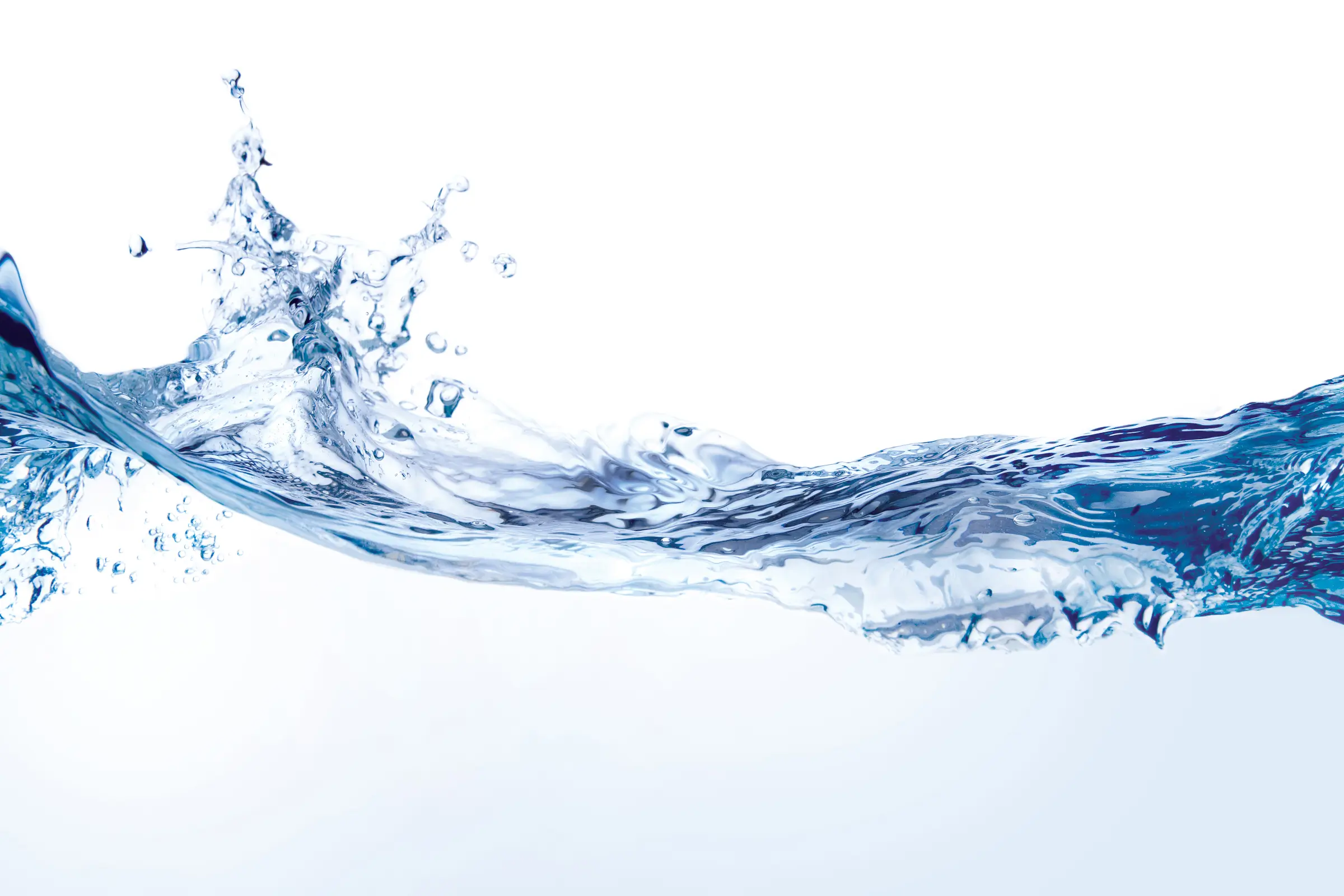Corporate Partners Combine Expertise for Towers
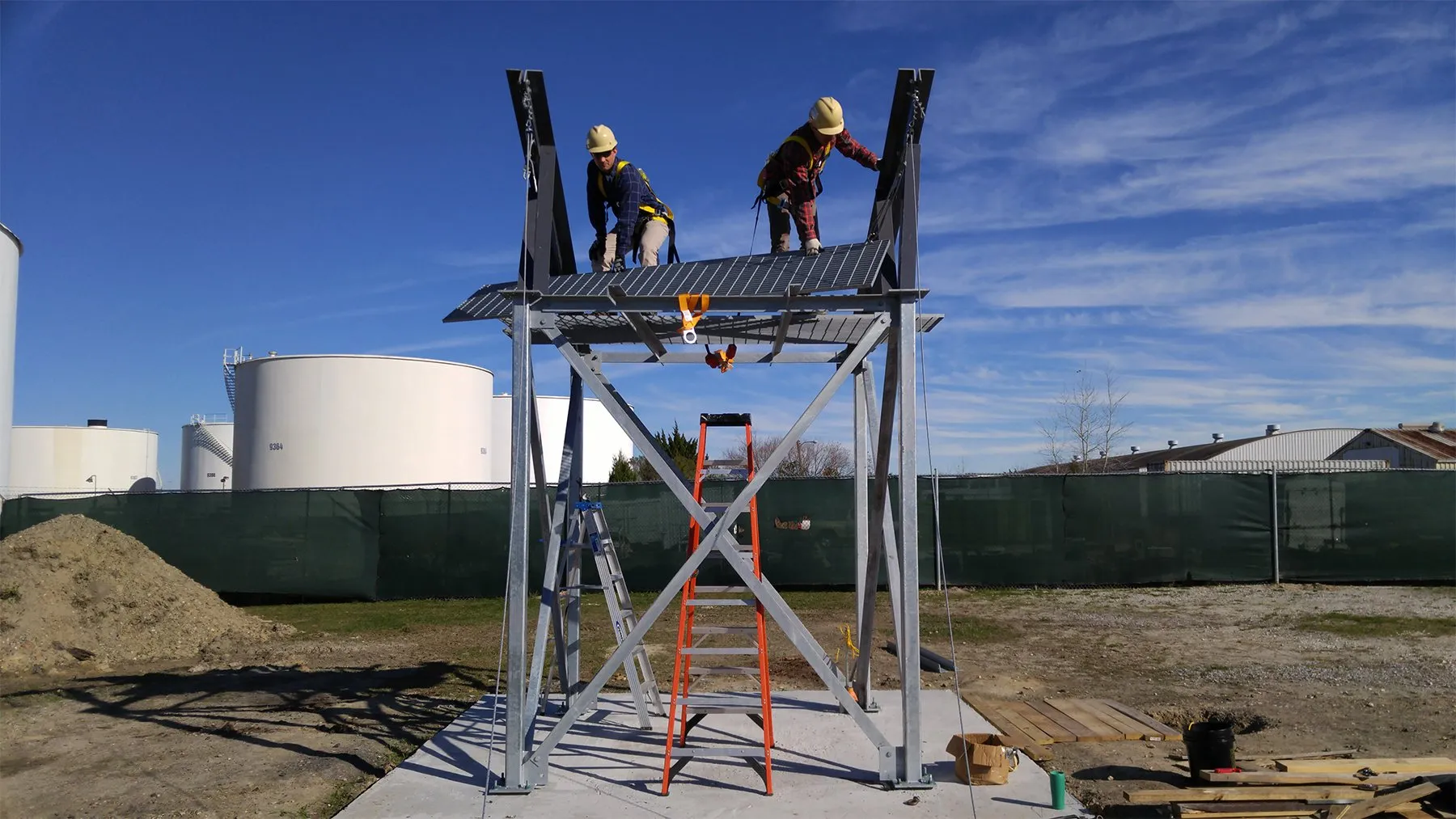
 In 2015, Water Mission committed to solving the engineering challenges of building and erecting elevated water tanks in remote regions where resources that we take for granted are limited. After prototyping a small tower in our R&D lab, Roy Prescott, a long-time friend of Water Mission and owner of Division Five, Inc., worked with our engineering team to design and construct a full-scale tower. The result was a 30-foot tower that could be fabricated in 10-foot sections, and then shipped and erected by our teams in the field.
Another aspect of the engineering challenge – how to construct the tower with limited heavy duty construction equipment – still remained. This is where Ellis and Natalie Coleman, founders and owners of EYC Companies, stepped in.
In 2015, Water Mission committed to solving the engineering challenges of building and erecting elevated water tanks in remote regions where resources that we take for granted are limited. After prototyping a small tower in our R&D lab, Roy Prescott, a long-time friend of Water Mission and owner of Division Five, Inc., worked with our engineering team to design and construct a full-scale tower. The result was a 30-foot tower that could be fabricated in 10-foot sections, and then shipped and erected by our teams in the field.
Another aspect of the engineering challenge – how to construct the tower with limited heavy duty construction equipment – still remained. This is where Ellis and Natalie Coleman, founders and owners of EYC Companies, stepped in.
“For a couple of years, we participated in the annual Walk for Water event, but we wanted to find a way to utilize our company’s technical skills and construction knowledge to assist an organization that valued our willingness and expertise. When we approached Water Mission leadership about what else we could do, they presented an exciting challenge to us.” – Ellis Coleman, President and CEO of EYC CompaniesDubbed “Project Elev8” by Natalie and her team, their solution included fabricating a portable, hand-operated crane to lift the heavy components used in Division Five’s tower. After testing the crane at our headquarters by erecting a 30-foot water tower, the solution was ready for the field.

 In late 2016, Water Mission shipped the crane and five tower kits to Malawi, Africa. In July 2017, the Colemans and a team of EYC associates traveled to Malawi to train Water Mission in-country staff on how to construct the steel tower using the crane. Together, they constructed towers in Chitala and Liwaladzi, two communities that required elevated tanks to effectively distribute safe water to two communities of over 4,000 people.
In late 2016, Water Mission shipped the crane and five tower kits to Malawi, Africa. In July 2017, the Colemans and a team of EYC associates traveled to Malawi to train Water Mission in-country staff on how to construct the steel tower using the crane. Together, they constructed towers in Chitala and Liwaladzi, two communities that required elevated tanks to effectively distribute safe water to two communities of over 4,000 people.
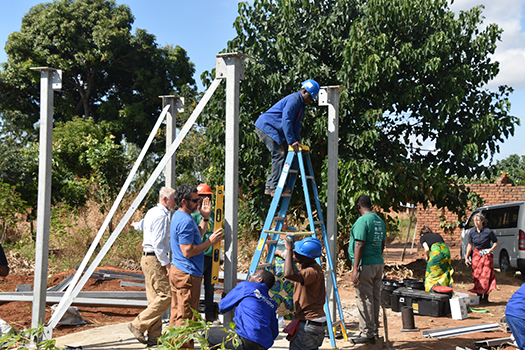
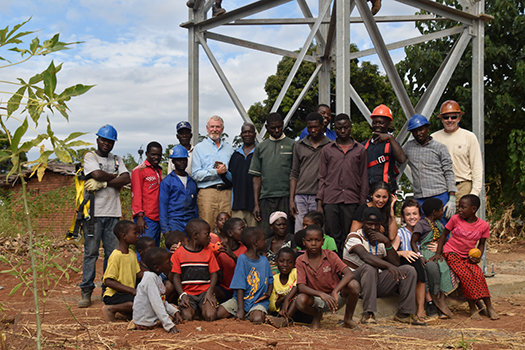 “The timing for EYC’s desire to make a big impact was perfect,” says Jeff Zapor, Water Mission’s Director of Engineering and Innovation. “Or, as we’d like to think, their help came in God’s time. We are so grateful that EYC and Division Five’s partnering efforts are paying off for people who need reliable, close access to safe water.”
“The timing for EYC’s desire to make a big impact was perfect,” says Jeff Zapor, Water Mission’s Director of Engineering and Innovation. “Or, as we’d like to think, their help came in God’s time. We are so grateful that EYC and Division Five’s partnering efforts are paying off for people who need reliable, close access to safe water.”
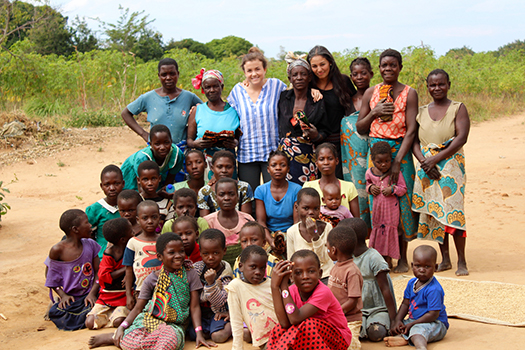
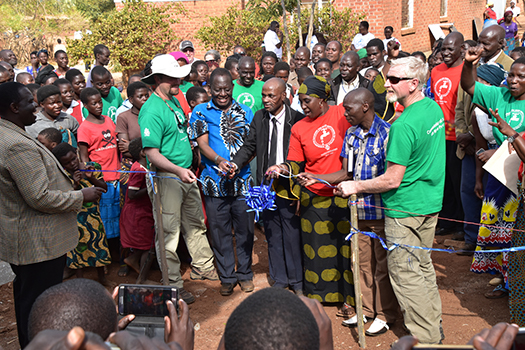 The hand-operated crane shipped to Malawi will be used by our staff for future projects. In addition, cranes and tower kits have been shipped to Haiti and Honduras for upcoming projects.
Go to projectelev8/blogspot.com to read about the Colemans’ trip to Malawi and how they are continuing to present funding opportunities on Water Mission’s behalf.
The hand-operated crane shipped to Malawi will be used by our staff for future projects. In addition, cranes and tower kits have been shipped to Haiti and Honduras for upcoming projects.
Go to projectelev8/blogspot.com to read about the Colemans’ trip to Malawi and how they are continuing to present funding opportunities on Water Mission’s behalf.
Tower Project Newest Adventure for Long-time Supporter Roy Prescott
Update: February 24th, 2017. At Water Mission's headquarters in North Charleston, SC, a thirty-foot tower looms in the parking lot. Over the next few weeks a water tank will be lifted onto the top platform by a prototype crane. All this construction is to test a new way to build water towers in the field. GIVE TO PROJECT ELEVATE Water Mission partnerships go back to our beginning and that certainly is the case for steel fabrication company, Division Five, Inc. and owner Roy Prescott. When Roy recently visited Water Mission headquarters, we got a chance to hear the origins of what has become a forward focused initiative to bring quality and consistency to towers and elevated water tanks in sustainable safe water projects worldwide.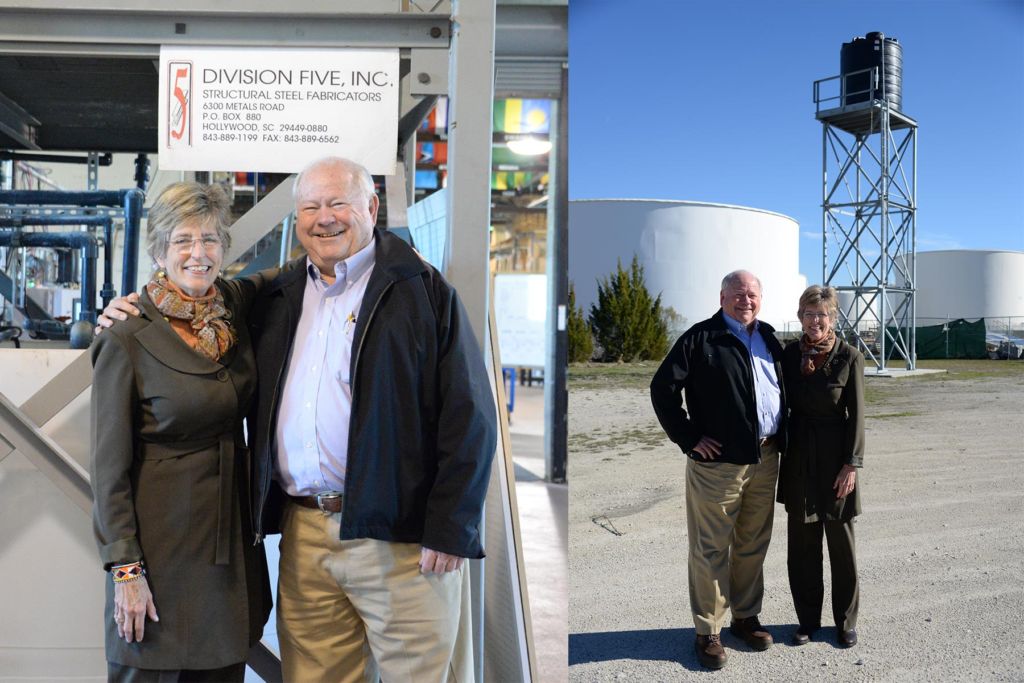 Roy was a fellow Rotarian with Molly Greene when she and husband George C. Greene III, PE, PhD, were operating General Engineering Labs and offering a full range on analytical testing throughout the southeast. When the Greenes responded to the devastation of Hurricane Mitch in 1998, Roy took notice. His sons had spent time in Honduras and were moved by the experience. The timing and urgency of helping the Hondurans was the Prescotts’ first of many interactions with Water Mission.
In 2010, a massive earthquake devastated Haiti and Water Mission was once again on his radar. This time when Molly shared the need with her Rotary club, Roy was in a unique position to help with transportation. The lease was up on Division Five, Inc.’s Freightliner utility truck. Roy wondered if there was a way to repurpose it for this disaster response. “It took some finagling,” Roy said, “We ended up buying the truck back from the leasing company and donating it.” After some shipping challenges, the truck arrived in Haiti and served in disaster relief. It is still the workhorse of the Haiti country program fleet today.
The next adventure came when Dr. Greene approached Roy with drawings for a steel tower and an inquiry about building a prototype. Division Five, Inc. employees adapted the drawings to the specifications, fabricated the steel, and erected it in the Water Mission warehouse, where it is part of our innovation laboratory. The prototype was the first of a series of design adaptations to create a “kit” for building towers of 10, 20 or 30 feet in height. The design focused on improving quality and consistency of towers built in remote, rural regions with limited tools and no welding.
The first shipment of tower kits, fabricated by Division Five, Inc., arrived in Malawi and is awaiting release from customs. The Malawi country program staff will erect these towers with instruction by a team from EYC Companies. When asked if he would like to travel to Malawi this spring to witness his design becoming a new standard for tower installation, he noted other business to attend to – important dates with his grandchildren.
Give to Project Elevate
Roy was a fellow Rotarian with Molly Greene when she and husband George C. Greene III, PE, PhD, were operating General Engineering Labs and offering a full range on analytical testing throughout the southeast. When the Greenes responded to the devastation of Hurricane Mitch in 1998, Roy took notice. His sons had spent time in Honduras and were moved by the experience. The timing and urgency of helping the Hondurans was the Prescotts’ first of many interactions with Water Mission.
In 2010, a massive earthquake devastated Haiti and Water Mission was once again on his radar. This time when Molly shared the need with her Rotary club, Roy was in a unique position to help with transportation. The lease was up on Division Five, Inc.’s Freightliner utility truck. Roy wondered if there was a way to repurpose it for this disaster response. “It took some finagling,” Roy said, “We ended up buying the truck back from the leasing company and donating it.” After some shipping challenges, the truck arrived in Haiti and served in disaster relief. It is still the workhorse of the Haiti country program fleet today.
The next adventure came when Dr. Greene approached Roy with drawings for a steel tower and an inquiry about building a prototype. Division Five, Inc. employees adapted the drawings to the specifications, fabricated the steel, and erected it in the Water Mission warehouse, where it is part of our innovation laboratory. The prototype was the first of a series of design adaptations to create a “kit” for building towers of 10, 20 or 30 feet in height. The design focused on improving quality and consistency of towers built in remote, rural regions with limited tools and no welding.
The first shipment of tower kits, fabricated by Division Five, Inc., arrived in Malawi and is awaiting release from customs. The Malawi country program staff will erect these towers with instruction by a team from EYC Companies. When asked if he would like to travel to Malawi this spring to witness his design becoming a new standard for tower installation, he noted other business to attend to – important dates with his grandchildren.
Give to Project Elevate
A Unique Partnership
Update: October 5th, 2016. We recently sat down with Ellis and Natalie Coleman, founders and owners of EYC Companies, who are the catalysts for Project Elevate. We are thankful for their partnership and commitment to the global water crisis and the work that we do.
Q: Could you take a few moments to introduce our supporters to who you are?
A: EYC Companies specializes in the development, construction, and management of multi-family real estate projects in the Southeast. Our goal is to efficiently deliver a quality product that exceeds customer expectations. Our company has about 35 full-time employees. We have an experienced, multi-disciplinary team that guides each project from the design and municipal process all the way through construction and lease-up. We have a very hands-on, ground-up design approach and very agile and responsive field management that has helped us achieve a track record of delivering projects on time and on budget.
Q: How did you first hear about Water Mission?
A: We first learned of Water Mission through friends and promotions when we moved to Charleston in 2009. We participated in our first Walk for Water in 2011, and last year, Lisa Cottingham with Water Mission invited us over for a tour of the facility. It was always in the back of our minds to partner with Water Mission. We’d been wanting to find something to do together as a company to give back. Previously, we participated in building a Habitat for Humanity house together. Our team is tight knit and we’ve been through a lot together through the ups and downs of the past economic cycle. We wanted to take the same drive we bring to our work and leverage our diverse skills to assist in furthering a positive, life-impacting mission like Water Mission’s.
We recently sat down with Ellis and Natalie Coleman, founders and owners of EYC Companies, who are the catalysts for Project Elevate. We are thankful for their partnership and commitment to the global water crisis and the work that we do.
Q: Could you take a few moments to introduce our supporters to who you are?
A: EYC Companies specializes in the development, construction, and management of multi-family real estate projects in the Southeast. Our goal is to efficiently deliver a quality product that exceeds customer expectations. Our company has about 35 full-time employees. We have an experienced, multi-disciplinary team that guides each project from the design and municipal process all the way through construction and lease-up. We have a very hands-on, ground-up design approach and very agile and responsive field management that has helped us achieve a track record of delivering projects on time and on budget.
Q: How did you first hear about Water Mission?
A: We first learned of Water Mission through friends and promotions when we moved to Charleston in 2009. We participated in our first Walk for Water in 2011, and last year, Lisa Cottingham with Water Mission invited us over for a tour of the facility. It was always in the back of our minds to partner with Water Mission. We’d been wanting to find something to do together as a company to give back. Previously, we participated in building a Habitat for Humanity house together. Our team is tight knit and we’ve been through a lot together through the ups and downs of the past economic cycle. We wanted to take the same drive we bring to our work and leverage our diverse skills to assist in furthering a positive, life-impacting mission like Water Mission’s.
"They’re not just throwing money at problems. They’re engineering effective solutions."Q: In what ways did you see your company could get involved? A: If you’re looking to do something like getting a diverse group of people involved in hands-on charity work, it can be difficult to find the right fit. And we wanted to do more than donate money. To take our talents—from land planning, to computer assisted design (CAD), to construction—and apply them to a project, we needed to find a unique situation. We really found this when we met with Water Mission. The founders, George and Molly Greene, are right there and can make decisions – like this project – right at the table. Water Mission is actually a very large organization, but they are very approachable and located right here in Charleston. Their organization is run like a company. They’re not just throwing money at problems. They’re engineering effective solutions. We wanted to be a part of that. We were very pleased when they came back with the opportunity to do Project Elevate. It was exactly what we were hoping to do. Q: How do you create a culture of giving back within your company, and how are your employees involved with Project Elevate? A: People are always looking for opportunities to get involved and help people who are living in more challenging circumstances. The culture was already there; it wasn’t a hard sell for our team. I think it’s a natural inclination for people who are hard-working and thriving in their work environment. We were just the catalyst. We have some corporate folks on our team, and we have some who would much rather be building something with their hands than riding a desk. But everyone enjoys the reward of seeing our efforts become a physical reality, so we were all really invested in seeing that first tower go up. My father’s advice about construction was to develop the skill to do something correctly and quickly. Anyone can do it correctly if they take enough time, but you have to do it quickly to be effective long-term, especially in a production business like apartments. It’s critical to controlling costs. We like the goal Water Mission has for this project: to develop a tower system that allows them to control the quality, cost, safety, and construction schedule for the benefit of future projects. That’s something we can really relate to. The work that the Water Mission engineers are doing is truly unique. It’s fun to work with people who are constantly looking for ways to improve their “product” and their process in a non-profit endeavor. It shows they really care about both the end users and their donors. We are also planning a trip to help build the first towers in the field. We know it will be very impactful for our team to see the effect of Water Mission’s projects in person. We may have to limit the number of people we take so our company can still run while we’re gone! There is excited interest from our team members and extended network of volunteers.
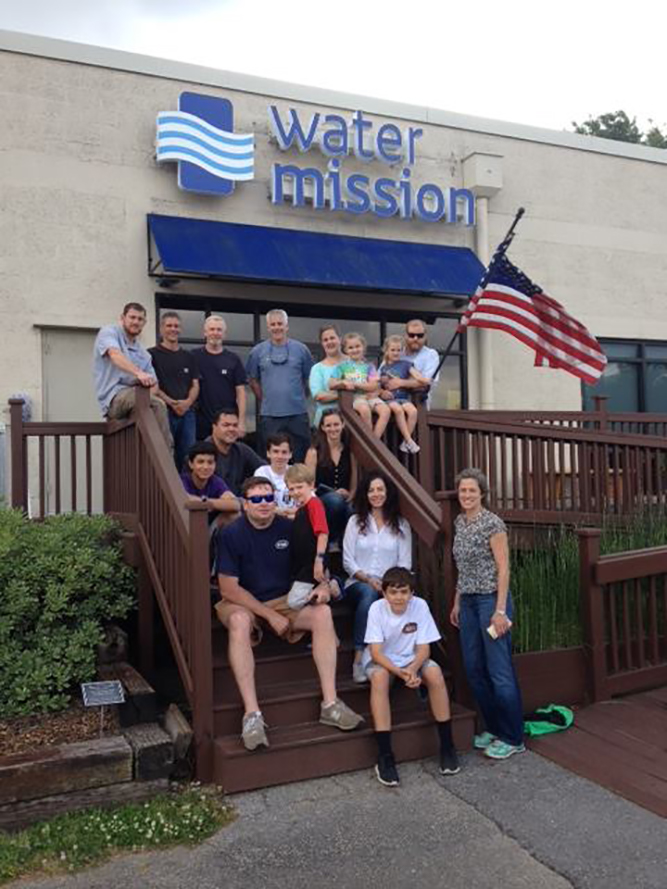 Q: How can people support Project Elevate?
A: Our first goal is to shine a light on what Water Mission is doing to combat the world water crisis. We recognize that Water Mission is doing great work and that donated dollars are going to impact people in a very responsible, lasting way. Our hands-on involvement in Project Elevate helps us to galvanize our contacts in our industry and personal network, and hopefully they will find ways to get involved and to spread the word. So that’s number one. People can keep track of our progress on our Facebook page here: Water Mission Project Elevate
Financially, our initial goal is to raise $100,000 over the course of a year. We’ve reach about $35,000 so far. We plan to raise enough money to fabricate 10 towers and put them in place in-country. People can help us meet our goal by visiting our donation page here: Project Elevate Donation Page.
This is just one particular project that fits our company skill-set, but we hope there will be other ways in which we can help Water Mission engineer solutions to real world problems. We want to help Water Mission long-term and hope other people will respond and find their own ways to get involved. Project Elevate furthers our corporate community service mission to work together as a team to help improve lives and focus on the future.
Give to Project Elevate
Q: How can people support Project Elevate?
A: Our first goal is to shine a light on what Water Mission is doing to combat the world water crisis. We recognize that Water Mission is doing great work and that donated dollars are going to impact people in a very responsible, lasting way. Our hands-on involvement in Project Elevate helps us to galvanize our contacts in our industry and personal network, and hopefully they will find ways to get involved and to spread the word. So that’s number one. People can keep track of our progress on our Facebook page here: Water Mission Project Elevate
Financially, our initial goal is to raise $100,000 over the course of a year. We’ve reach about $35,000 so far. We plan to raise enough money to fabricate 10 towers and put them in place in-country. People can help us meet our goal by visiting our donation page here: Project Elevate Donation Page.
This is just one particular project that fits our company skill-set, but we hope there will be other ways in which we can help Water Mission engineer solutions to real world problems. We want to help Water Mission long-term and hope other people will respond and find their own ways to get involved. Project Elevate furthers our corporate community service mission to work together as a team to help improve lives and focus on the future.
Give to Project Elevate
Constantly Testing & Improving
Update: April 15th, 2016. At Water Mission, the staff has grown accustomed to the addition of the water tower in our parking lot, so I was a little surprised when a visitor mentioned it. "There's a tower with a black tank on it. What's it for?" The question was a good motivator for an update. Engineer Tim Darms filled in some details about the status of the tower project. "Our plan is to complete the piping from the tower to the lab inside our facility. When done, our innovation team will have a reservoir of water for testing and a model of constant back flow pressure. This mimics the hydraulic conditions we often see in the field.” In the lab there is ongoing testing on a variety of parts to determine their limits and root out causes of potential failure in the field. This is not uncommon at Water Mission. Our best-in-class approach to safe water and sanitation demands that we are constantly testing and improving the process. Since 2011, there has been a concerted effort to monitor and document performance in every system implemented. Additionally, community system operators are trained to look for and report problems to the Water Mission country program staff. The in-country staff acts as a resource for part replacement and can troubleshoot problems to help keep safe water flowing reliably and consistently. Attention to maintaining the systems properly makes a huge impact. Making water safe to drink is not that difficult. Making the process sustainable is, especially in communities around the world with unique and challenging circumstances. At Water Mission, we're committed to solving the global water crisis with a comprehensive approach to water, sanitation, and hygiene (WASH). Providing safe water starts with working closely with the community members, thoroughly assessing the needs, providing training, and then designing and implementing customized solutions that will last for each community. Research and testing along the way can greatly improve the impact, efficiency, and long-term outcome of our work. The tower project is advancing the process in a number of ways. Not only does it facilitate research on water delivery, it is also key to important changes and cost improvements in Water Mission construction methods. The design for the tower “kits” has been tested and refined, and now ten “kits” are ready for shipment to Malawi for use in projects under construction. This kind of R&D can require a significant investment. Making the decision to spend resources on research and testing is challenging when every dollar could be used to bring safe water to people. With hundreds of millions suffering from a lack of safe water, the decision can be a matter of life and death. That is why our partnerships are so critical. Partnerships with local experts make process improvement possible. In the tower project, we’ve engaged local businesses and countless volunteers. These for-profit professionals give their time, expertise, and assets – monetary support and gift-in-kind – to see real progress made in solving the global water crisis. Meet one of our key partners – EYC Companies – in our next blog. GIVE TO PROJECT ELEVATEIntroducing Project Elevate
When Water Mission engineers tackle a new community project, their plans do not only consider the source and treatment of the water, but the storage and delivery method as well. Our community development research shows that the optimal distance for access should be less than .5 kilometers, so many projects include strategically placed tap stands within the community. To facilitate reliable delivery of water to the tap stands, our engineers frequently include an elevated water storage tower in the designs. “Water isn’t safe unless people have safe access to it. When we say we provide safe water, it’s not just microbiologically safe to drink, but it is safe to access as well,” says Will Furlong, Director of Africa Programs.
Sadly, more than 1.8 billion people are forced to drink dirty water every day. Around the world, people walk an average of 3.5 miles to access water that often makes them sick. For women and children, who bear the responsibility for fetching water, the task is time consuming and often dangerous. Multiple trips every day to a remote water source limit school attendance and overall productivity. Even worse, women and girls are especially vulnerable when travelling on foot to fetch water, sometimes falling victim to attacks by men and older boys. It’s tragic but true and can make this task a nightmare.
“Water isn’t safe unless people have safe access to it. When we say we provide safe water, it’s not just microbiologically safe to drink, but it is safe to access as well,” says Will Furlong, Director of Africa Programs.
Sadly, more than 1.8 billion people are forced to drink dirty water every day. Around the world, people walk an average of 3.5 miles to access water that often makes them sick. For women and children, who bear the responsibility for fetching water, the task is time consuming and often dangerous. Multiple trips every day to a remote water source limit school attendance and overall productivity. Even worse, women and girls are especially vulnerable when travelling on foot to fetch water, sometimes falling victim to attacks by men and older boys. It’s tragic but true and can make this task a nightmare.
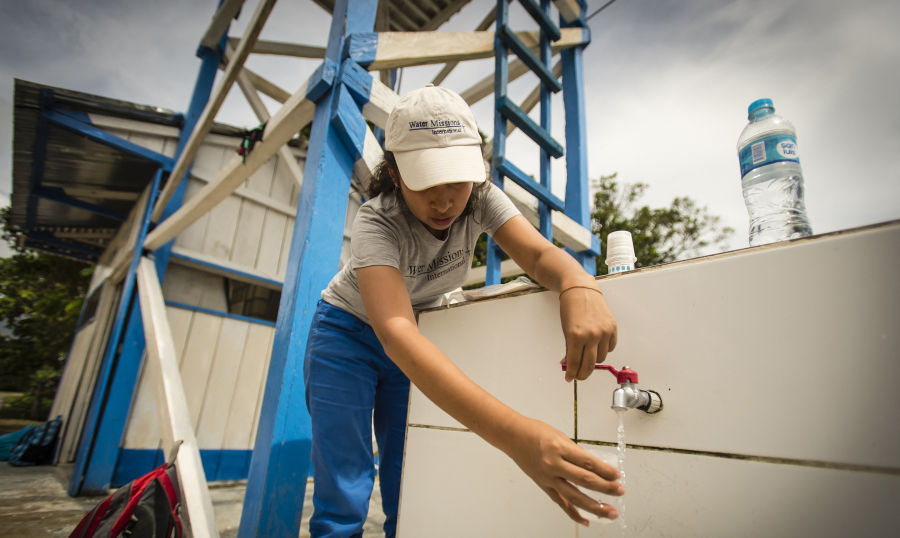
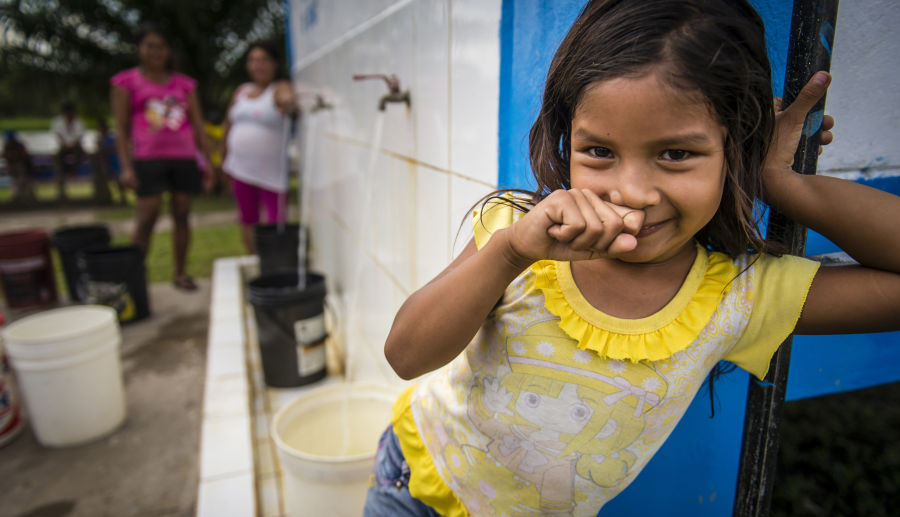 At Water Mission, engineers and community development experts are working daily to provide sustainable solutions to the global water crisis. For water projects to have lasting results, services must be accessible to all, safe to use, and sustainable in the way they are managed. From identifying a water source to delivering safe water strategically within the community, our team designs customized solutions for each community we serve. A successful project results in more time for work and education, improved health and safety, and increased productivity for the community. Water towers can be an important part of that comprehensive solution.
Follow along for more progress of the water tower project.
GIVE TO PROJECT ELEVATE
At Water Mission, engineers and community development experts are working daily to provide sustainable solutions to the global water crisis. For water projects to have lasting results, services must be accessible to all, safe to use, and sustainable in the way they are managed. From identifying a water source to delivering safe water strategically within the community, our team designs customized solutions for each community we serve. A successful project results in more time for work and education, improved health and safety, and increased productivity for the community. Water towers can be an important part of that comprehensive solution.
Follow along for more progress of the water tower project.
GIVE TO PROJECT ELEVATE
Related Impact Stories

